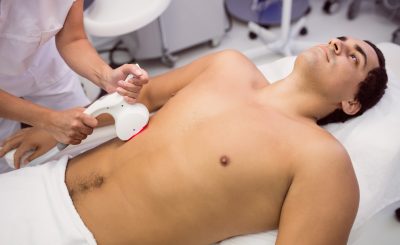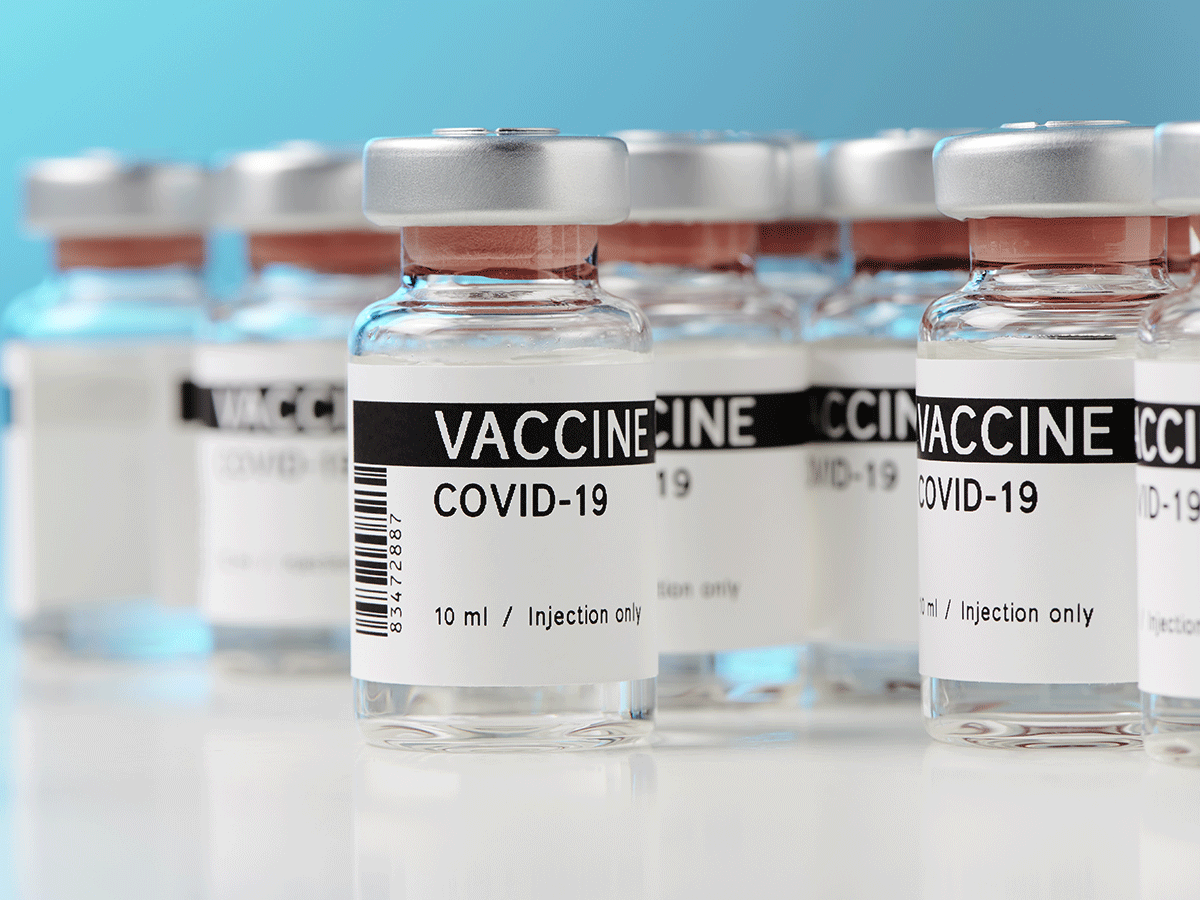In a path-breaking research, scientists at the University of Pennsylvania have found that risktaking tendency in an individual is related to two regions of the brain amygdala and medial prefrontal cortex (mPFC). The researchers found that the differences in the structural and functional connections between the two regions are associated with a degree of risk tolerance for better financial returns. Earlier it was known that differences in the connections of two regions were implicated in the development of depression and anxiety. In the current study, the researchers correlated their findings with the results of brain imaging techniques like MRI imaging and diffusion tensor imaging(DTI).
The study carried out:
For their study, they chose 108 healthy individuals, aged between 18-35 and who did not suffer from mental disorders. To study the risk tolerance level the participants were asked to answer a questionnaire that contained 120 different scenarios related to financial decision making. They were offered the choice of making less money with low risk and the other involved taking the higher risk but generated more money. In one of the exercise, the participants have the choice of receiving a reward of $20 with hundred percent probability. And there was also a choice to take away $100 or nothing if he stayed for a bit longer.
Observations made:
The researchers then measured the structural and functional connections between the amygdala and median prefrontal cortex using MRI and Diffusion tensor imaging (DTI). They also measured the size of the amygdala that includes volumes of grey matter and white matter. The team found that people with higher risk tolerance possessed the large size of the amygdala (more grey matter). Also, they contained more structural connections as measured by DTI and fewer functional connections between the amygdala and medial prefrontal cortex (mPFC) as measured by MRI.
Also Read: A common medication increases stomach cancer risk by 250 percent: Research
Siren’s smart socks tracks foot injuries in diabetic patients
Future Scope:
The researchers are now planning to collaborate with financial institutions to study how these findings influence larger economic-based decisions.








